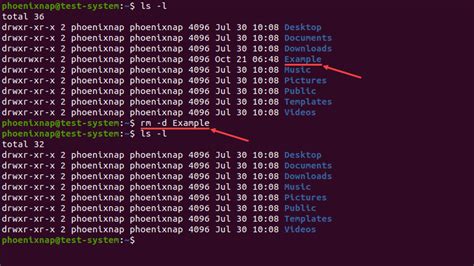Ethereum Command Line Interface: A Comprehensive Guide to Bitcoind
As you’ve successfully installed Bitcoin Core (BTC) on your Linux server, it’s time to explore the extensive command-line interface provided by the Bitcoin Network. This guide will walk you through the available commands, their descriptions, and examples to help you navigate the world of Bitcoin.
1. Overview of Bitcoin Core Commands
Before diving into specific commands, let’s cover some basic concepts:
- BTC: The main cryptocurrency being traded.
- Block: A block in the Bitcoin blockchain containing a set of transactions.
- Chaincode: Self-modifying code that enables smart contracts on the Bitcoin Network.
2. Command List with Descriptions and Examples
Below is a list of Bitcoin Core commands, their descriptions, and examples:

1. Basic Commands
bitcoin-qt --help
Displays the help menu for Bitcoin Core CLI.
Example:
bitcoin-qt --help
This command will show you an exhaustive list of available options and explanations.
bitcoind --version
Displays the version number of Bitcoin Core installed on your system.
Example:
bitcoind --version
2. Transaction Management
bitcoind getblockinfo or bitcoin-cli getblockinfo
Get detailed information about a specific block, including transactions and fees.
Example (using bitcoin-cli):
bitcoin-cli getblockinfo
This command will display the entire blockchain transaction history for the specified hash.
3. Transaction Analysis
bitcoind stat
Displays information about a specific transaction, including sender and receiver addresses, amount, and fee.
Example:
bitcoind stat
This command will provide detailed analysis of the transaction.
4. Wallet Management
bitcoind wallet or bitcoin-cli wallet
Generate a new wallet file or import an existing one using Bitcoin Core’s CLI.
Example (using bitcoin-cli):
bitcoin-cli wallet
This command will create a new wallet file named
5. Network Management
bitcoin status
Displays the current network status, including connection details and congestion levels.
Example:
bitcoind status
This command will provide information about your network connection.
bitcoind getbalance
Gets the balance of a specific wallet or account.
Example:
bitcoind getbalance
This command will display the current balance for a specified wallet or account.
6. Transaction Pooling
bitcoind pool
Establishes a Bitcoin Core pool to manage transaction fees and network congestion.
Example (using bitcoin-cli):
bitcoin-cli pool
This command will create an empty pool file named
7. Smart Contract Management
bitcoind getsmartcontracts
Displays information about all registered smart contracts on the Bitcoin Network.
Example:
bitcoind getsmartcontracts
This command will show you a list of active and pending smart contract deployments.
These are just some of the many commands available in the Bitcoin Core CLI. As you explore further, you’ll discover more options that enable you to manage your wallet, analyze transactions, and interact with the network.